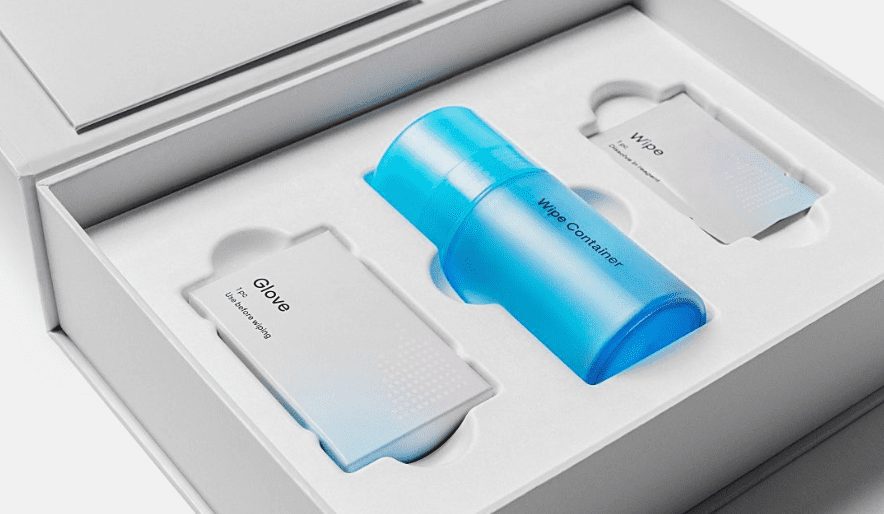The Basics of Gut Health & Microbiome Tests
The human microbiome is a collection of microscopic organisms that live on and inside our bodies. It includes bacteria, fungi, and viruses and plays a role in our immune system, digestion, and overall health. We have many microbiomes: including those found on your skin, mouth and nasal passages that are separate, yet connected microbiomes. There are even microbiomes around your eyes and in your lungs. But usually, when people talk about your microbiome, they mean the one in your large intestine. Recent advances in technology have made it possible to test the microbiome. This can help us better understand our health. Microbiome tests provide valuable information about our health and make more informed decisions about our diet, lifestyle, and overall wellbeing.
A microbiome test looks at the types and amounts of microorganisms present in a sample of your saliva, stool, or skin. This allows us to see which types of bacteria are present in our bodies and how they interact with each other. The test results can provide insight into our digestive health, immunity, and overall wellbeing
Scientists have used gut microbiome testing in some of the most valuable medical discoveries of the 21st century. There’s a mountain of research that proves gut microbiome testing (when done properly) is a legitimate way to find out about the types and levels of specific types of microbes in someone’s gut [1].
At-Home Microbiome Tests
At-home microbiome tests are available online, and many microbiome testing companies offer them for a reasonable price. Currently, there are no at-home market free microbiome tests available.
Benefits of Microbiome Tests
Microbiome health can be monitored over time with the tests. They can also be used to identify imbalances in our microbiome that may be causing health problems. For example, an imbalance in the types of bacteria in our gut can lead to digestive issues, like constipation or diarrhea. A gut microbiome test can help identify these imbalances and potential causes. Repeated gut microbiome testing can also be used to monitor the effectiveness of diet and lifestyle changes. For example, if you’re making changes to your diet to improve your digestion, a gut microbiome test can help you track your progress. It can also help you identify any imbalances that may be causing digestive issues, such as an overgrowth of yeast or an imbalance of beneficial bacteria.
Simplicity of Microbiome Tests
Overall, the at-home microbiome tests are relatively simple to do. You will usually provide a sample of saliva, stool, or skin, which the testing company will send to a lab for analysis. The testing company will then email the results to you and make them available on a secure website or app. You can use the information you receive from the test to monitor your health and make changes to your diet and lifestyle.
Final Thoughts on Microbiome Tests
Microbiome tests are a great way to get a better understanding of our health and make more informed decisions about our diet and lifestyle. They identify imbalances in our microbiome that may cause health problems and monitor the effectiveness of diet and lifestyle changes. If you’re interested in learning more about your microbiome, a microbiome test is a great way to get started.
References:






